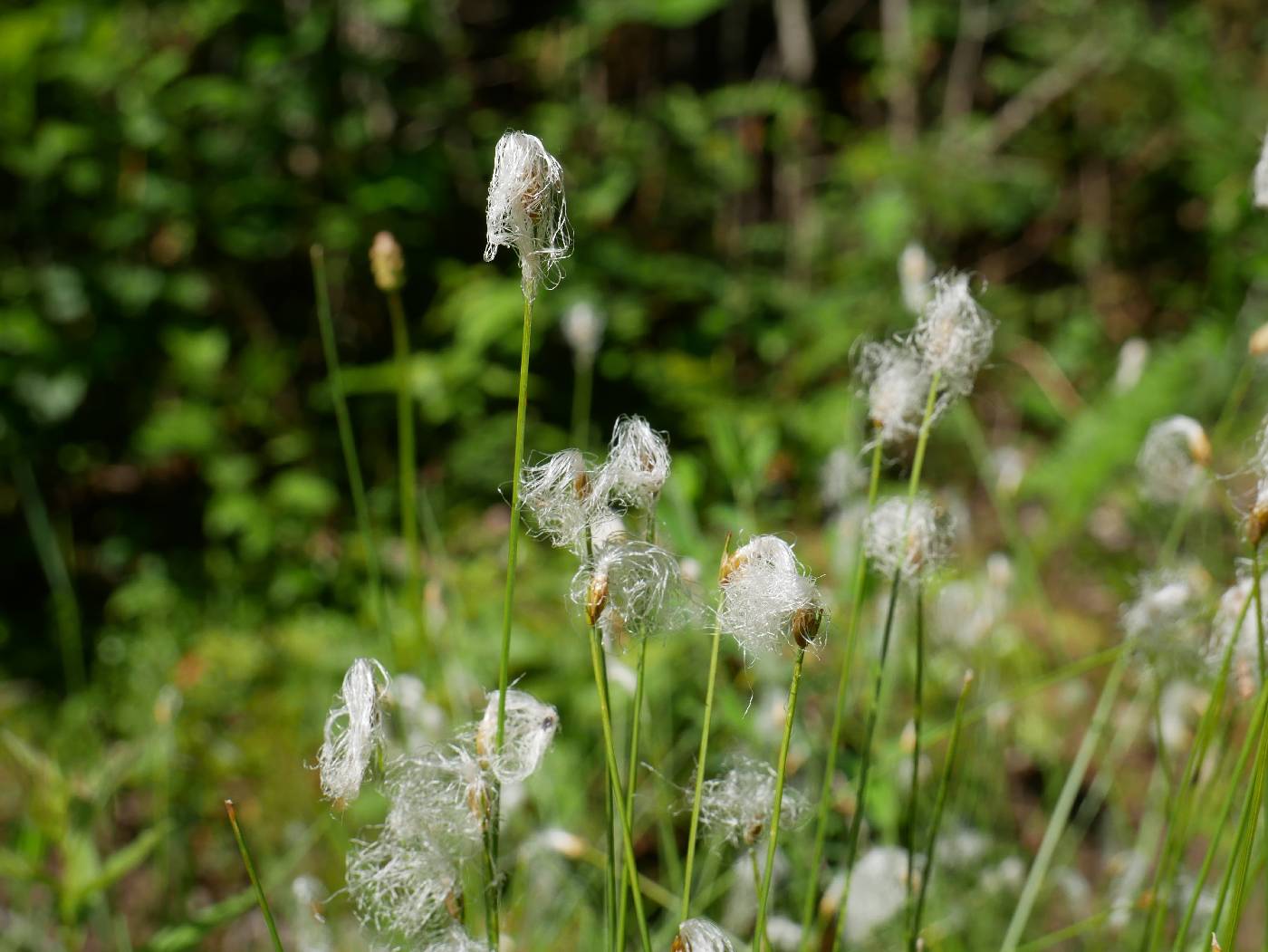Trichophorum
|
Family: Cyperaceae |
Herbs, perennial, cespitose, rhizomatous or not. Culms trigonous or terete. Leaves basal or subbasal; sheaths bladeless or distal sheaths with blade to 5 mm, not fibrous; ligules present; blades obsolete or elongate, linear, less than 1 cm × 1 mm. Inflorescences terminal; spikelets 1; involucral bracts 1, suberect, scalelike, apex mucronate or awned. Spikelets: scales 3-9, spirally arranged, each subtending flower. Flowers bisexual; perianth of 0-6 bristles, straight, shorter than to about 20 times as long as achene, smooth or scabrous; stamens 3; styles linear, 3-fid, base persistent. Achenes trigonous or plano-convex. The appropriate name and typification for this genus have been debated widely. Arguments for conservation of Trichophorum Persoon in the sense used here, with the conserved type, T. alpinum (Linnaeus) Persoon, were presented (M. Salmenkallio and I. Kukkonen 1989), and the proposal was accepted in the Code. The proposal to segregate T. alpinum from the rest of Trichophorum, in the genus Eriophorella (J. Holub 1984), is based on characters that do not justify generic rank. In fact, K. Tan (1985) found that T. pumilum (Vahl) Schinz & Thellung could not be considered generically distinct from T. alpinum and created a combination for it within Eriophorella. The name Baeothryon Ehrhart ex A. Dietrich, previously considered to be a synonym of Trichophorum, has been shown to apply to a section of Eleocharis R. Brown (M. Salmenkallio and I. Kukkonen 1989; M. S. González-Elizondo and P. M. Peterson 1997).
|

